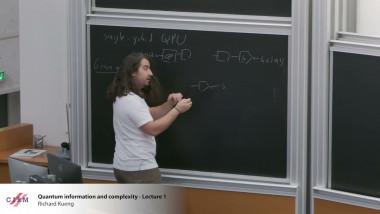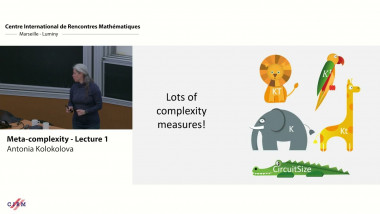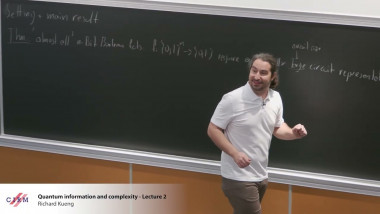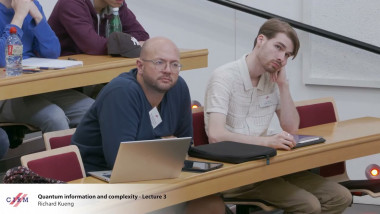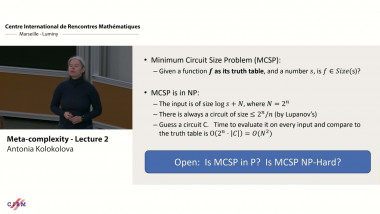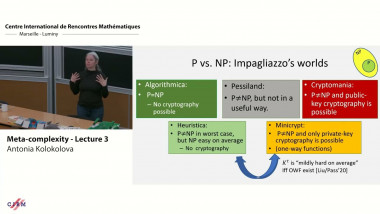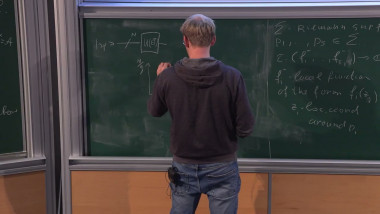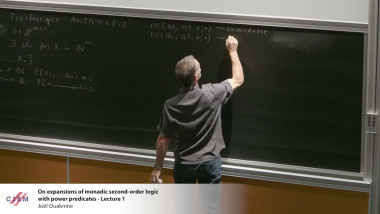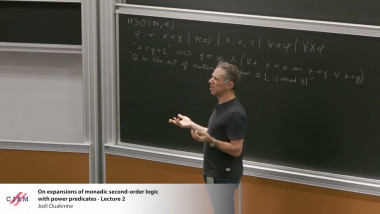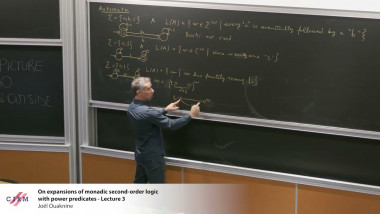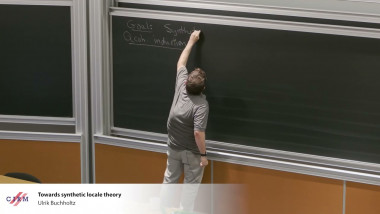Collection Complexity as a kaleidoscope / Le kaleidoscope de la complexité
Computational complexity theory was born more than 60 years ago when researchers started asking themselves what could be computed efficiently. Classifying problems or functions with respect to the amount of resources (e.g. time and/or space) needed to solve or compute them turned out to be an extremely difficult question. This has led researchers to develop a remarkable variety of approaches, employing different mathematical methods and theories. The future development of complexity theory will require a subtle understanding of the similarities, differences and limitations of the many current approaches. In fact, even though these approaches study the same phenomenon, they are developed today within disjoint communities, with little or no communication between them (e.g. algorithms, logic, programming theory, algebra etc.). This dispersion is unfortunate since it hinders the development of hybrid methods and more generally the advancement of computational complexity as a whole
Organizer(s) Bredariol Grilo, Alex ; Fijalkow, Joanna ; Huiberts, Sophie ; Rezende, Susanna ; Seiller, Thomas
Date(s) 31/03/2025 - 04/04/2025
linked URL https://conferences.cirm-math.fr/3225.html











